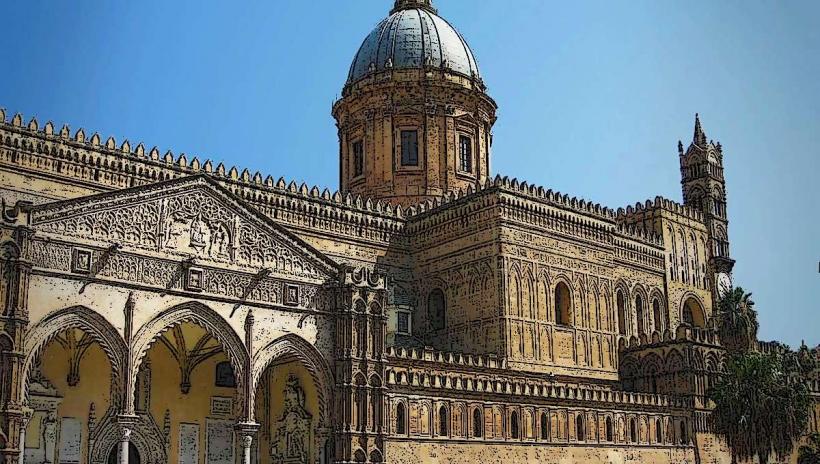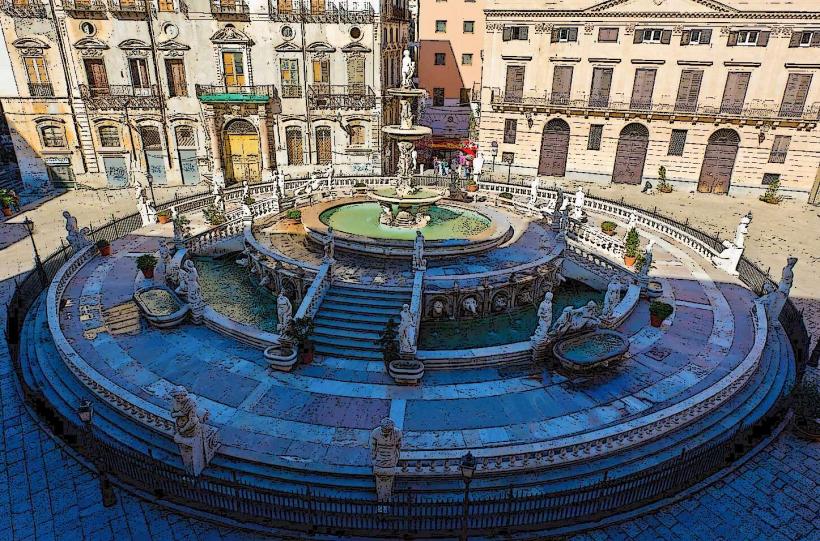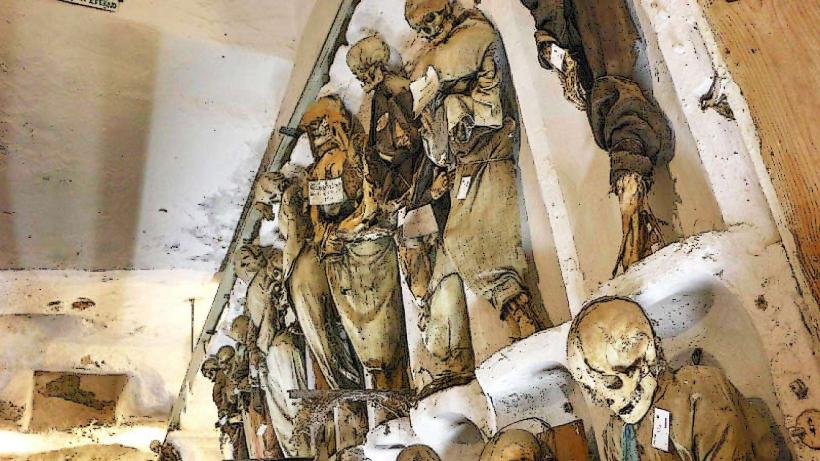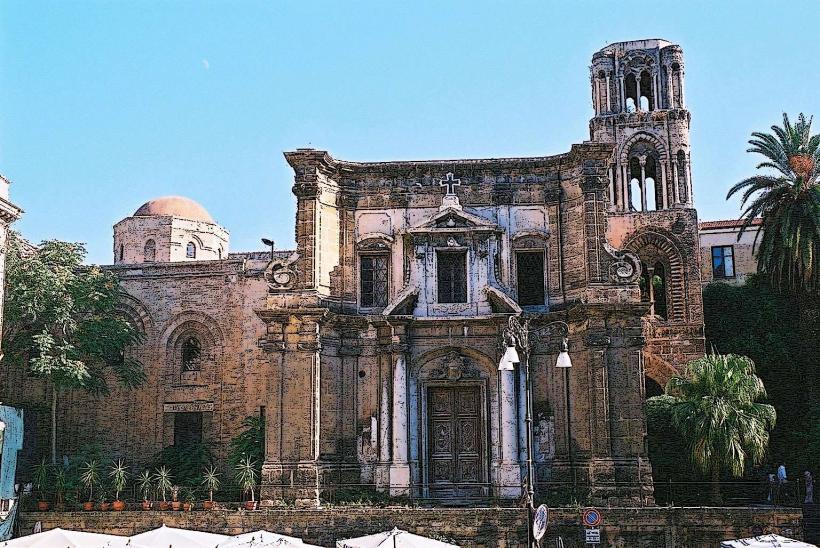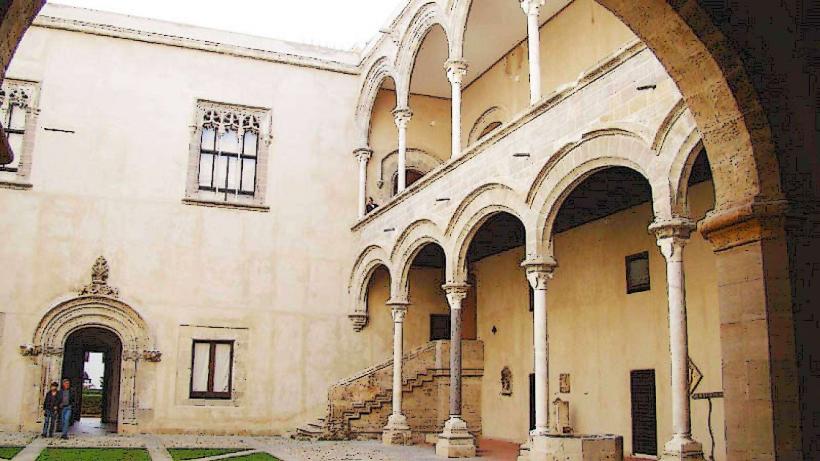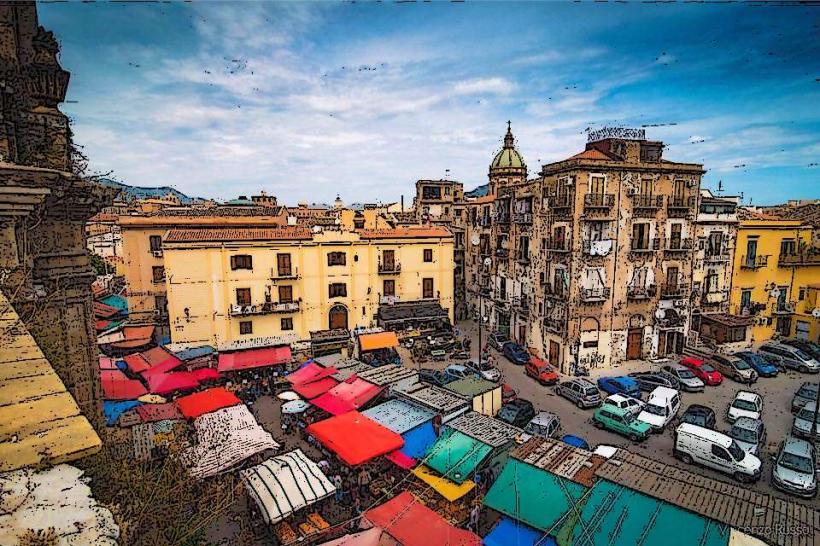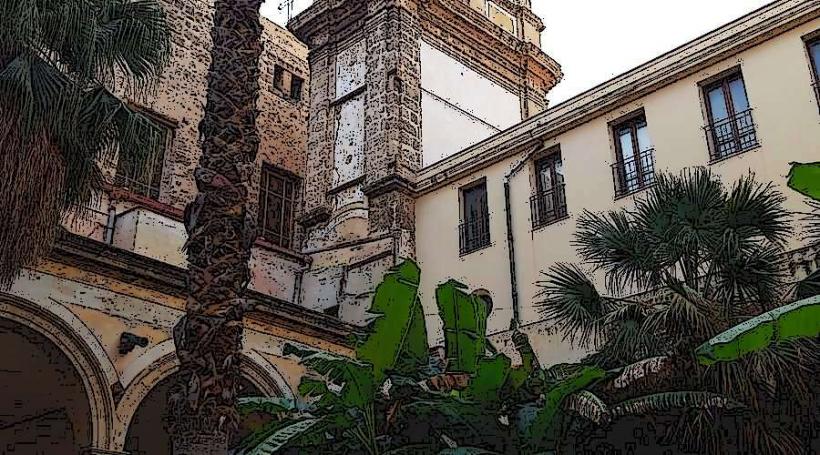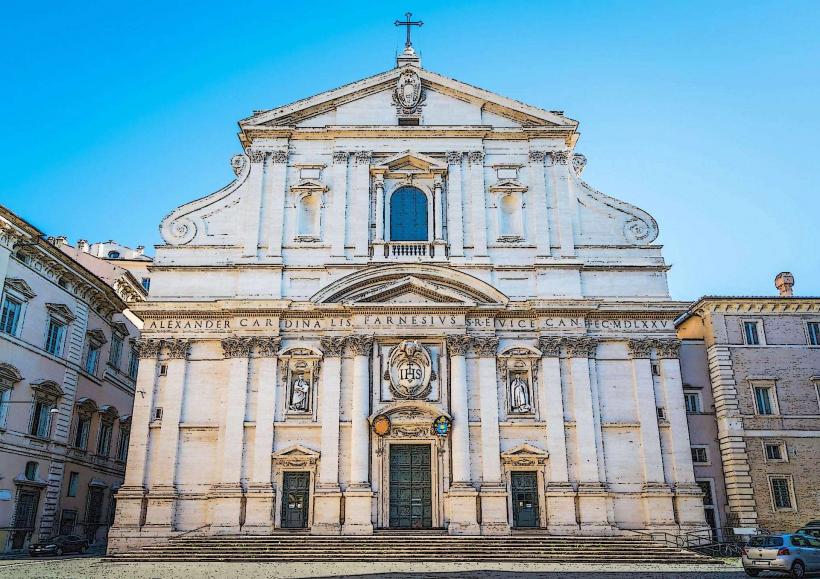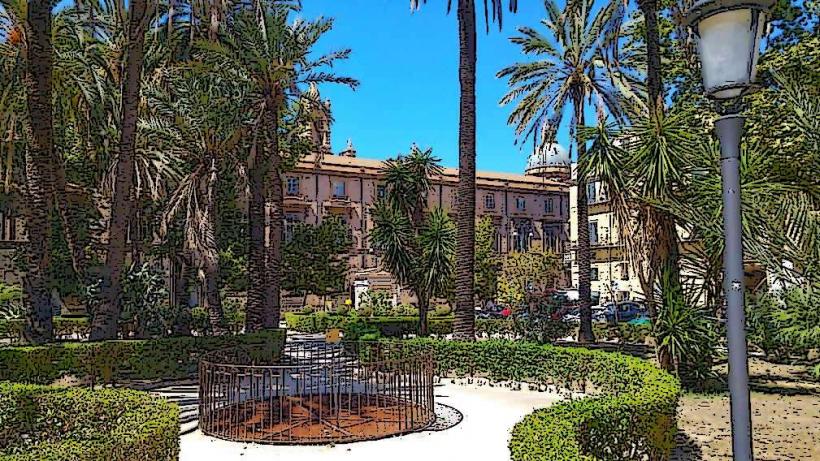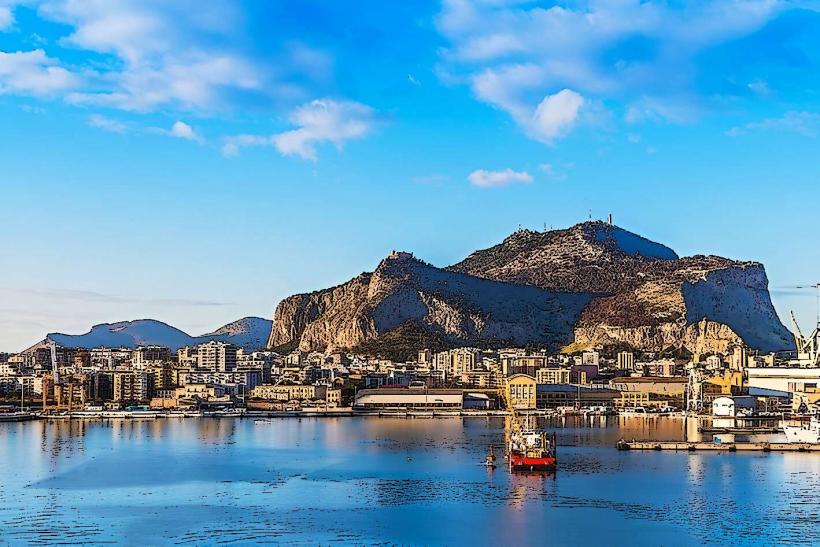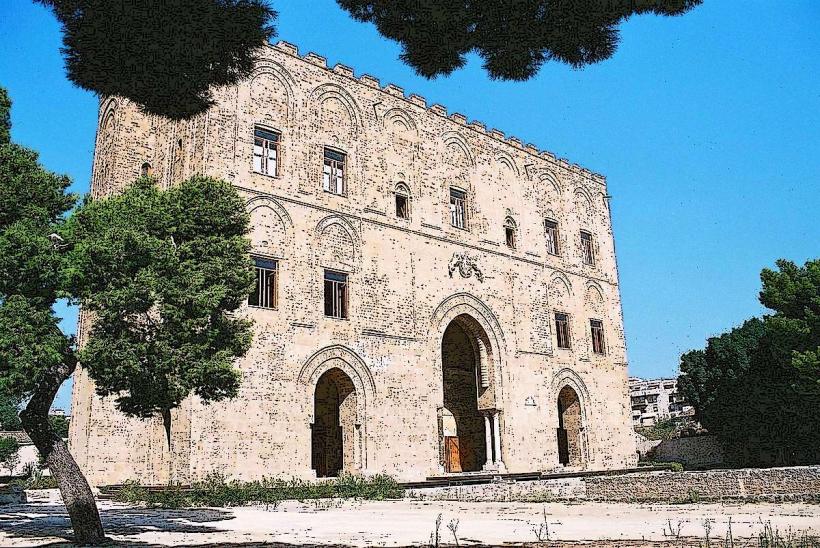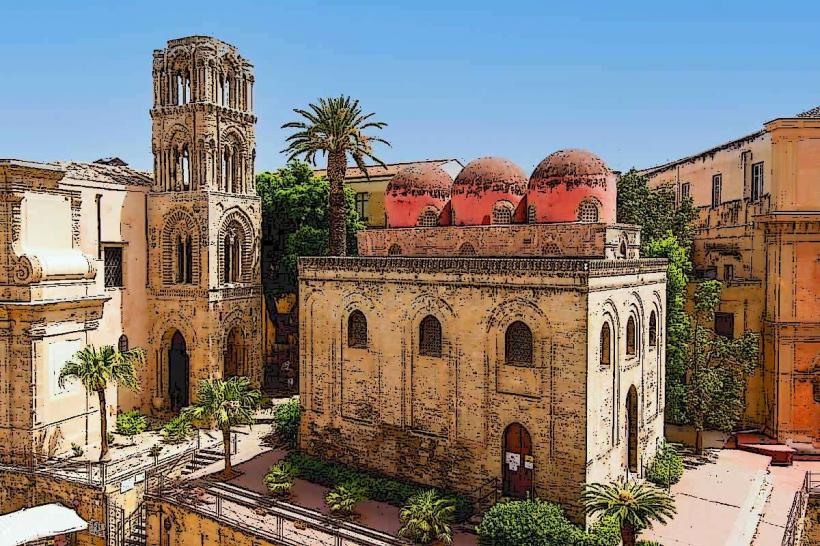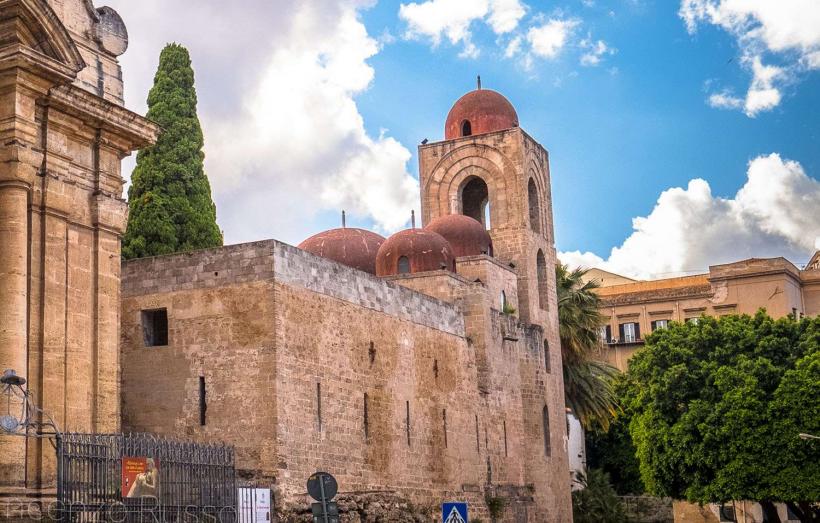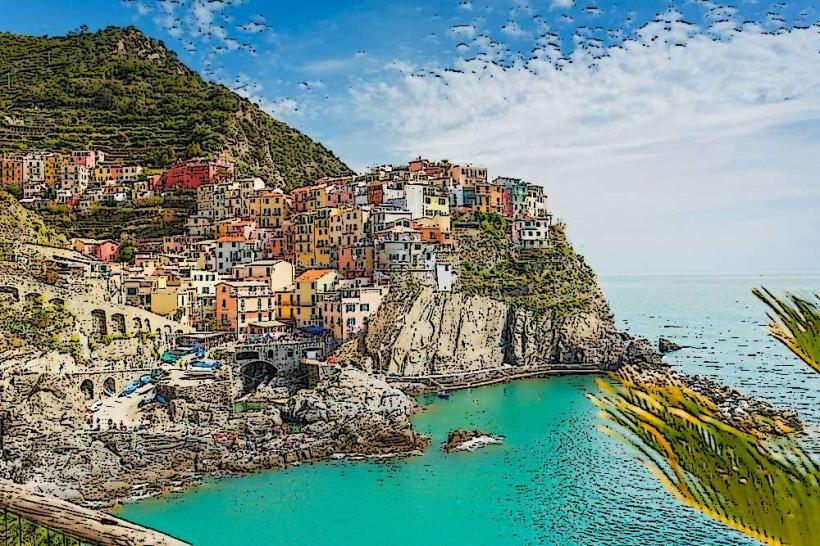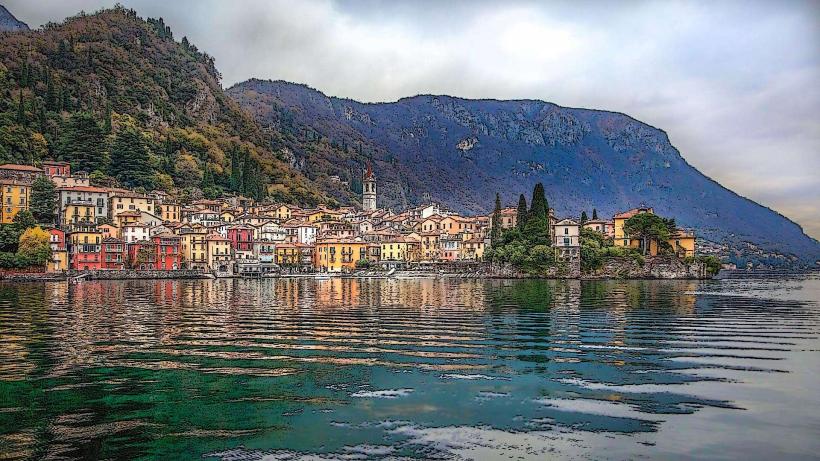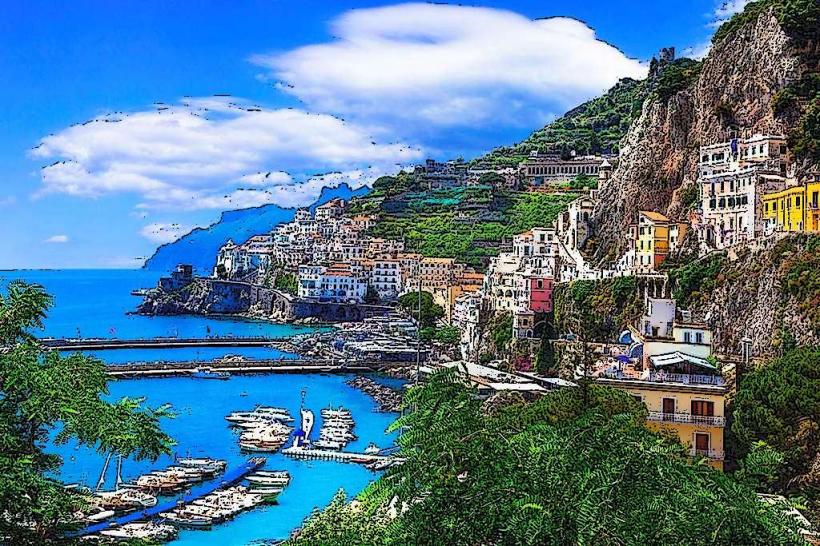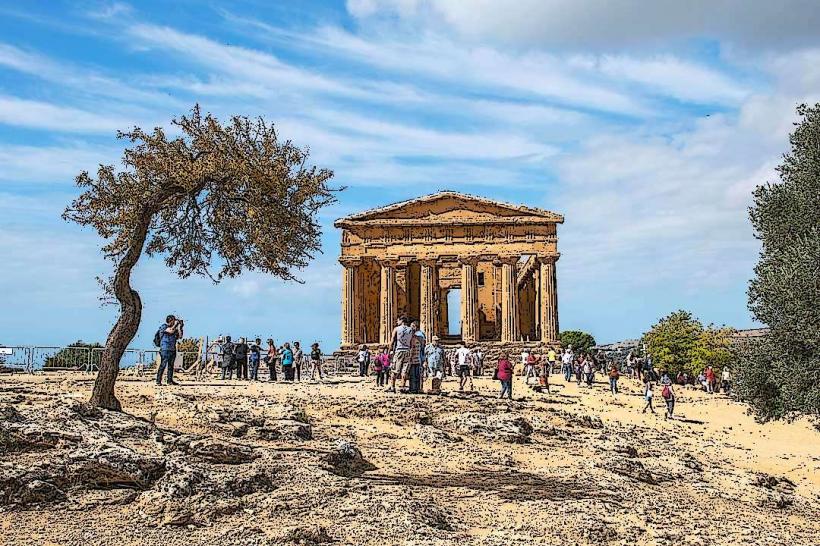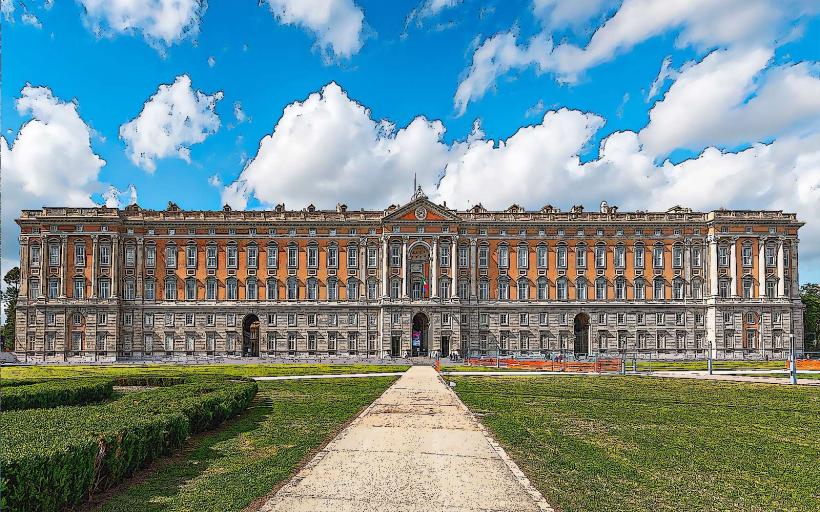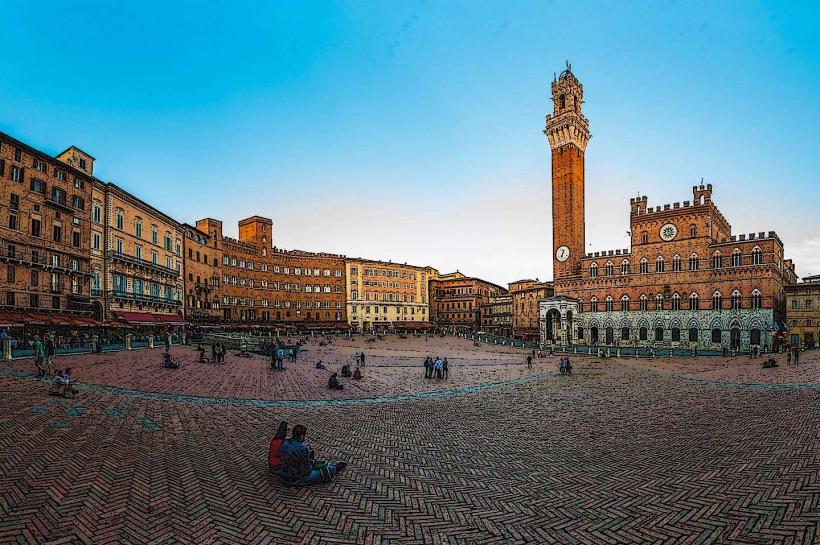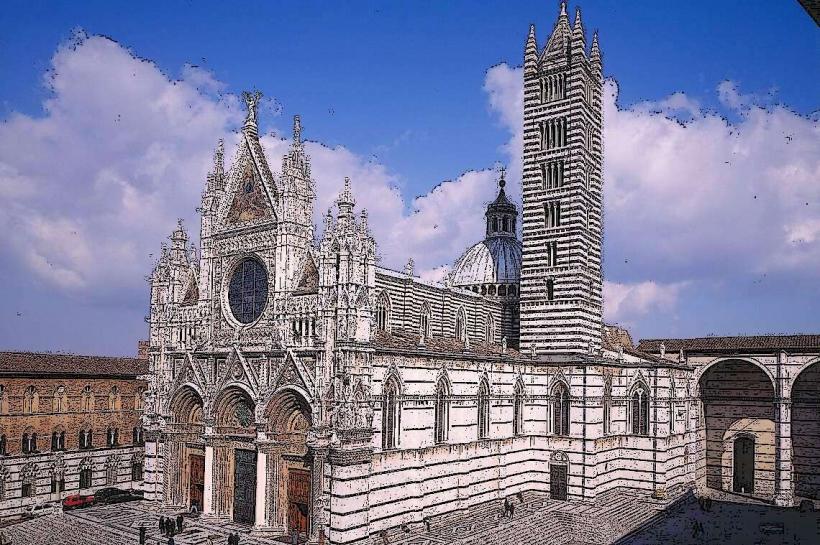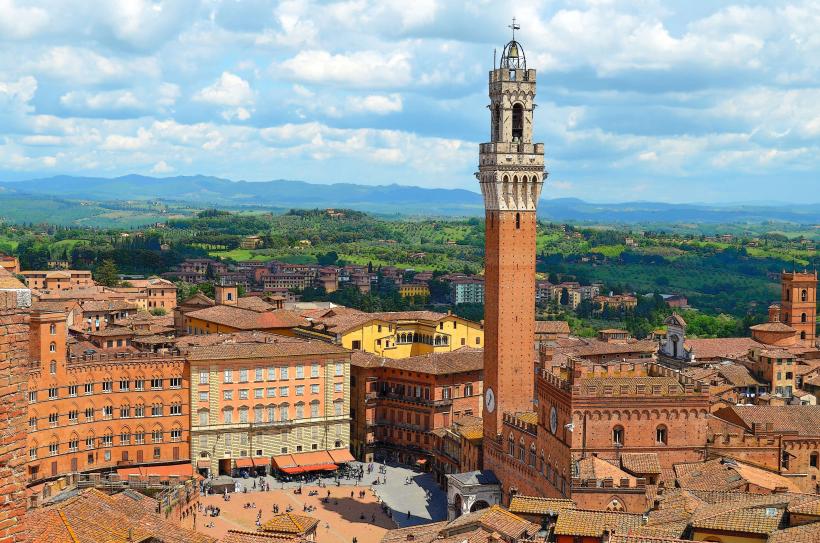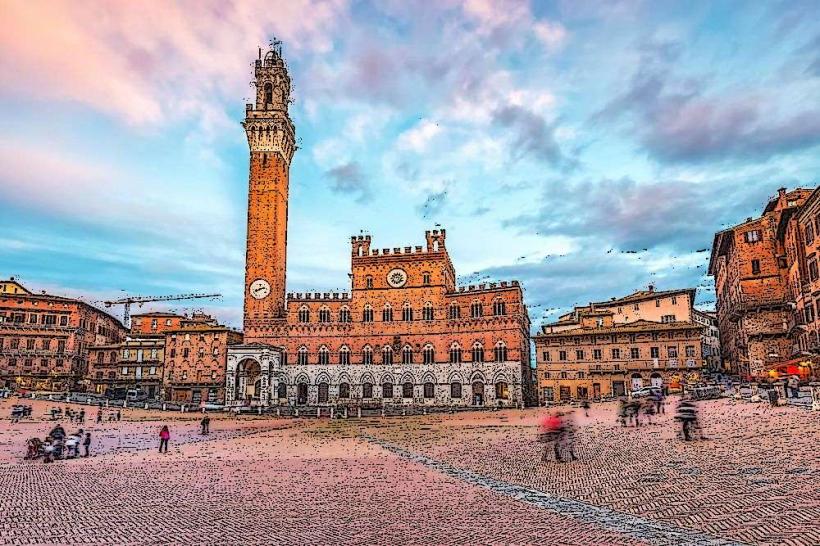Information
Country: ItalyContinent: Europe
Italy is home to some of the most iconic landmarks in the world, showcasing its rich history, stunning architecture, and cultural heritage. From ancient Roman ruins to Renaissance masterpieces, here’s a list of some of the best landmarks in Italy:
1. Colosseum (Colosseo)
- Significance: The Colosseum in Rome is one of the greatest symbols of ancient Rome. This massive amphitheater once hosted gladiatorial contests, animal hunts, and mock naval battles. It remains one of the most iconic ancient structures in the world.
- Location: Rome
2. Leaning Tower of Pisa
- Significance: Famous for its unintended tilt, the Leaning Tower of Pisa is a freestanding bell tower of the Pisa Cathedral. Despite its tilt, it is an architectural marvel of the Romanesque style.
- Location: Pisa, Tuscany
3. Vatican City (St. Peter's Basilica & St. Peter's Square)
- Significance: As the spiritual center of the Roman Catholic Church, Vatican City is home to some of the most significant religious landmarks, including St. Peter’s Basilica and St. Peter’s Square. The Sistine Chapel, with Michelangelo’s frescoes, is also located within the Vatican.
- Location: Vatican City (Rome)
4. Pantheon
- Significance: One of the best-preserved ancient Roman buildings, the Pantheon was originally a temple to all gods and is now a church. Its large dome, with a central oculus, is an engineering marvel of the ancient world.
- Location: Rome
5. Florence Cathedral (Cattedrale di Santa Maria del Fiore)
- Significance: This stunning cathedral, often referred to as the Duomo, is famous for its brilliant red dome, designed by Filippo Brunelleschi. It is a masterpiece of Renaissance architecture and one of the most recognizable landmarks in Florence.
- Location: Florence, Tuscany
6. Trevi Fountain (Fontana di Trevi)
- Significance: The Trevi Fountain is one of the most famous fountains in the world. It features a grand Baroque design with sculptures of Neptune and other figures, and tradition says that tossing a coin into the fountain ensures a return to Rome.
- Location: Rome
7. Piazza del Campo (Siena)
- Significance: Piazza del Campo is the main square of Siena, famous for its unique shell shape. It is home to the famous Palio di Siena horse race, held twice each year, and surrounded by medieval buildings, including the Palazzo Pubblico.
- Location: Siena, Tuscany
8. Cinque Terre
- Significance: The Cinque Terre is a UNESCO World Heritage Site comprising five colorful fishing villages perched along the rugged cliffs of the Italian Riviera. The region is famous for its scenic views, colorful buildings, and hiking trails.
- Location: Liguria
9. Roman Forum (Foro Romano)
- Significance: The Roman Forum was the center of public life in ancient Rome, where political, religious, and commercial activities took place. It is now an archaeological site that includes ruins of temples, arches, and government buildings.
- Location: Rome
10. Lake Como
- Significance: Nestled in the Italian Alps, Lake Como is a picturesque lake surrounded by charming villages, lush gardens, and grand villas. It has long been a retreat for the wealthy and famous.
- Location: Lombardy
11. Castel del Monte
- Significance: Built by Emperor Frederick II in the 13th century, Castel del Monte is a unique octagonal fortress known for its geometric symmetry. It is an outstanding example of medieval military architecture.
- Location: Andria, Puglia
12. Pompeii
- Significance: The ancient Roman city of Pompeii was buried by the eruption of Mount Vesuvius in 79 AD and preserved under layers of ash. The ruins offer an extraordinary glimpse into daily life during the Roman Empire.
- Location: Near Naples, Campania
13. Alberobello
- Significance: Alberobello is famous for its distinctive trulli houses, which are small, whitewashed stone buildings with conical roofs. The town’s trulli are a UNESCO World Heritage Site.
- Location: Puglia
14. The Amalfi Coast
- Significance: A UNESCO World Heritage Site, the Amalfi Coast is known for its stunning cliffs, colorful villages, and beautiful Mediterranean beaches. The towns of Positano, Amalfi, and Ravello are particularly famous.
- Location: Campania
15. Castel Sant'Angelo
- Significance: Castel Sant'Angelo was originally built as a mausoleum for Emperor Hadrian and later transformed into a fortress. It offers panoramic views of Rome and houses a museum with artifacts from the Roman Empire.
- Location: Rome
16. The Uffizi Gallery (Galleria degli Uffizi)
- Significance: The Uffizi Gallery in Florence is one of the most famous art museums in the world, housing an extensive collection of Renaissance artwork by masters such as Botticelli, Michelangelo, Da Vinci, and Raphael.
- Location: Florence, Tuscany
17. Venice Canals
- Significance: The canals of Venice are one of the most recognizable features of the city, with Gondola rides offering a unique way to explore the city’s winding waterways. Key canals include the Grand Canal, lined with magnificent palaces.
- Location: Venice, Veneto
18. St. Mark’s Basilica (Basilica di San Marco)
- Significance: St. Mark’s Basilica in Venice is renowned for its opulent Byzantine architecture, golden mosaics, and stunning domes. It is dedicated to St. Mark, the patron saint of Venice.
- Location: Venice, Veneto
19. The Duomo of Milan (Milan Cathedral)
- Significance: The Duomo di Milano is an architectural marvel, known for its intricate Gothic spires and stunning façade. The cathedral's rooftop offers incredible views of Milan and beyond.
- Location: Milan, Lombardy
20. The Vatican Museums
- Significance: The Vatican Museums house one of the most extensive art collections in the world, including the famous Sistine Chapel ceiling painted by Michelangelo. The museums are a key cultural destination in Rome.
- Location: Vatican City
Conclusion
Italy’s landmarks offer an unparalleled journey through history, art, and culture. Whether you’re exploring ancient ruins like the Colosseum and Pompeii, marveling at Renaissance masterpieces in Florence, or relaxing along the scenic shores of Lake Como or the Amalfi Coast, Italy is a country filled with iconic sights that are as diverse as its history.

